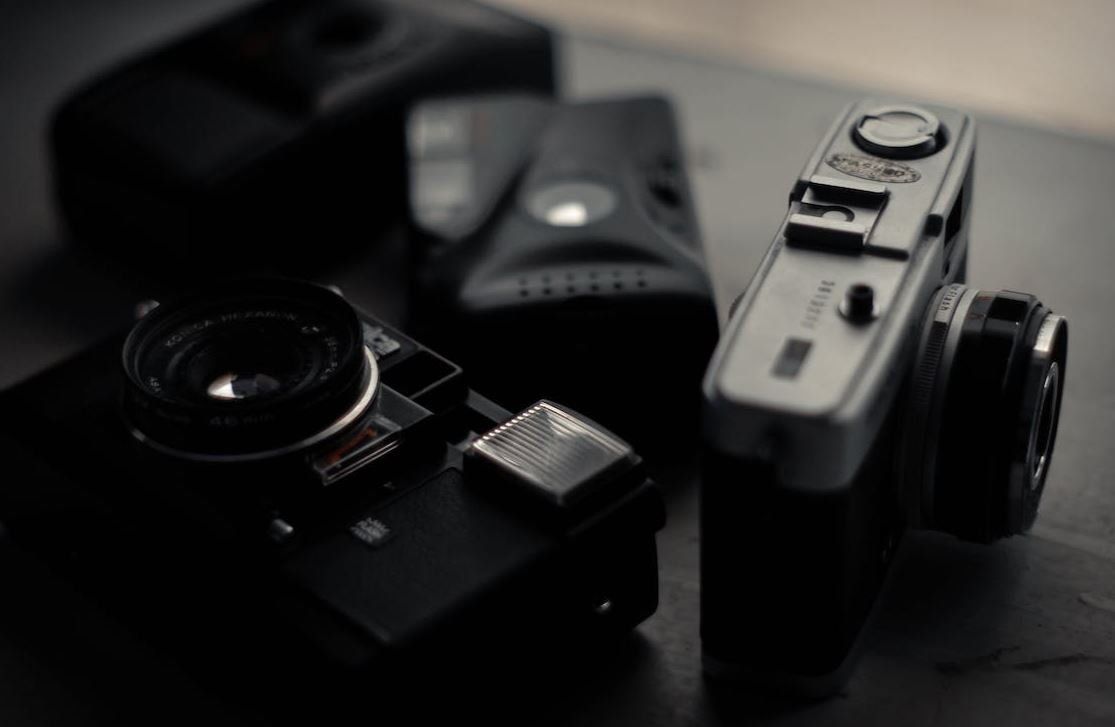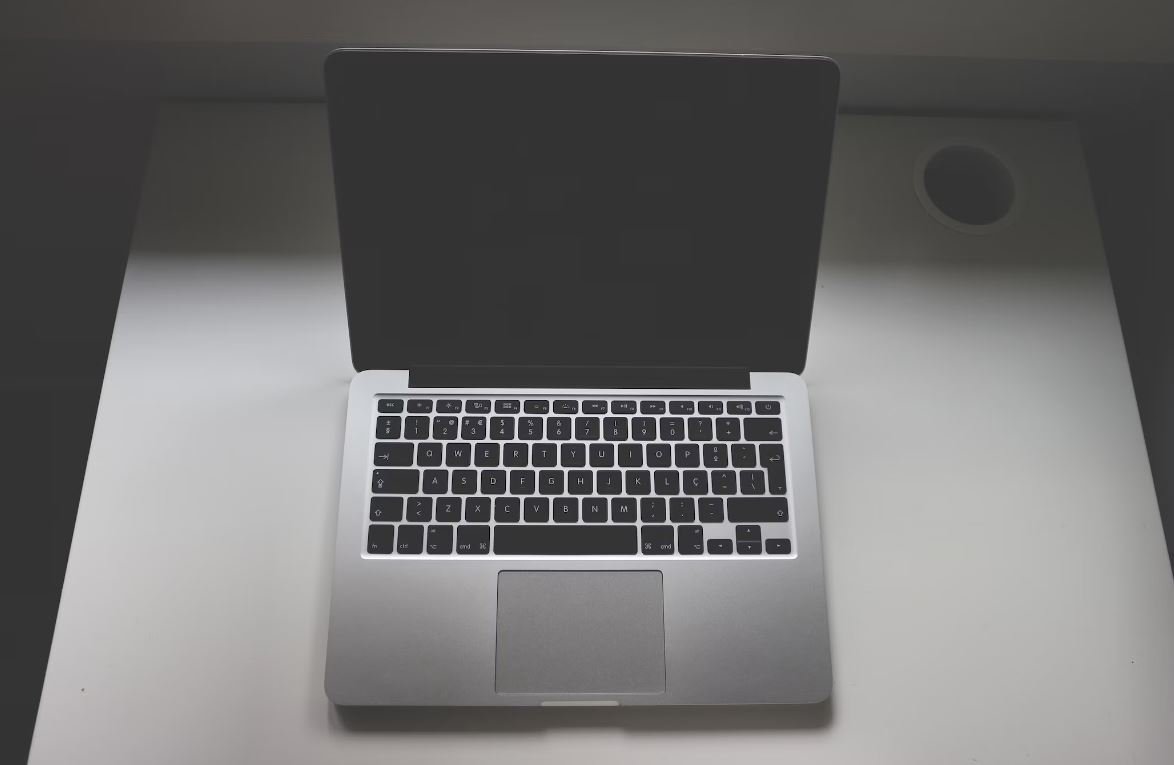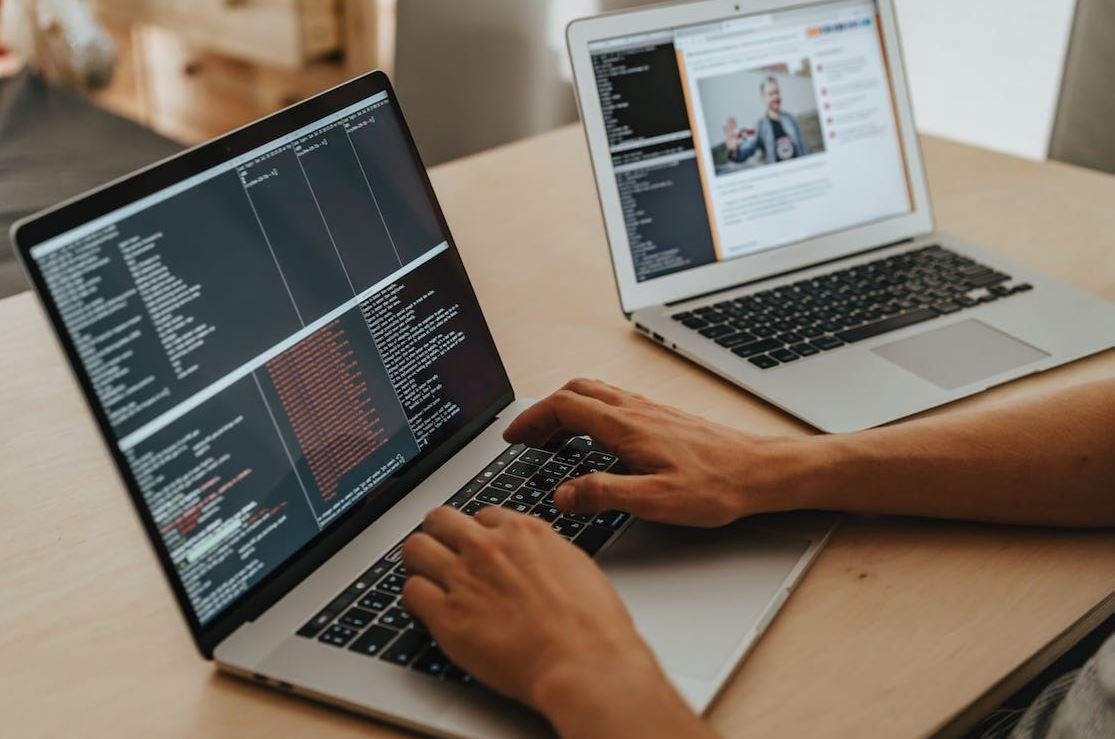Podcast Audio Mixing
Podcasting has gained immense popularity in recent years, with millions of people tuning in to listen to their favorite shows. An integral part of creating a successful podcast is the audio mixing process, which involves balancing and enhancing various audio elements to produce a high-quality sound that captivates the listener.
Key Takeaways:
- Podcast audio mixing is essential for producing high-quality sound.
- Proper balancing and equalization of audio elements enhance the listener’s experience.
- Using compression techniques can level out audio peaks.
- Room acoustics and microphone placement greatly impact sound quality.
- Software and plugins can assist in achieving professional-grade audio.
- Regular monitoring and testing are important to ensure audio quality.
When it comes to podcast audio mixing, achieving a well-balanced sound is crucial. This involves adjusting the volume levels of different audio elements, such as voices, background music, and sound effects, to ensure they complement each other. **Proper equalization** is also important, as it allows each element to shine without overwhelming others.
Another important aspect of podcast audio mixing is using compression techniques. Compression helps to **level out audio peaks** and makes the sound more consistent throughout the podcast episode. It can be particularly useful in managing the dynamic range of voices and reducing background noise.
Room acoustics and microphone placement play a significant role in shaping the sound of a podcast. **Finding the ideal recording space** with good acoustics minimizes unwanted reverberations and echoes, resulting in a cleaner and more professional sound. Additionally, placing the microphones correctly ensures optimal capture of the voices or instruments.
| Software | Features |
|---|---|
| Audacity | – Open-source audio editing software |
| Adobe Audition | – Comprehensive audio editing suite |
Using the right software and plugins can greatly assist in achieving professional-grade audio for your podcast. **Popular options** include Audacity, an open-source audio editing software that provides essential tools for mixing and editing, as well as Adobe Audition, a comprehensive audio editing suite with advanced features and effects.
- Regular monitoring and testing are crucial to ensure consistent audio quality throughout your podcast.
- Consider investing in quality headphones and studio monitors for accurate audio representation.
- Perform sound checks before recording to prevent any technical issues.
Regular monitoring and testing of the audio throughout the podcasting process are vital to ensure a consistent and enjoyable listening experience. **Investing in quality headphones and studio monitors** can provide accurate audio representation, allowing you to hear any issues that need to be addressed. It is also important to perform sound checks before recording to avoid any technical problems that may affect the final audio quality.
| Podcast Statistics | Percentage |
|---|---|
| Listeners who prefer professionally edited podcasts | 75% |
| Listeners who are more likely to recommend a podcast with good sound quality | 86% |
Research shows that **75% of podcast listeners prefer professionally edited podcasts**, highlighting the importance of audio quality. Furthermore, **86% of listeners are more likely to recommend a podcast with good sound quality**, emphasizing the impact it has on the audience’s overall satisfaction.
Get your Podcast Sound Right
Improving your podcast’s audio quality through effective audio mixing will not only attract listeners but also keep them engaged. By following best practices and utilizing the right tools, you can create a memorable audio experience that will leave a lasting impression on your audience.

Common Misconceptions
One common misconception people have about podcast audio mixing is that it is an easy task that anyone can do. However, audio mixing requires technical skills and knowledge to achieve a professional sound quality. It involves adjusting various elements such as volume levels, EQ, compression, and effects to create a balanced and polished audio experience.
- Professional audio mixing requires technical skills and knowledge.
- Adjusting volume levels, EQ, compression, and effects is crucial in achieving quality.
- A balanced and polished audio experience is the goal of audio mixing.
The second misconception is that expensive equipment is necessary for podcast audio mixing.
While high-quality equipment can enhance the overall sound quality, it is not a prerequisite for podcast audio mixing. With advancements in technology, there are now affordable audio editing software and plugins available that can produce excellent results. The key lies in understanding how to effectively use the available tools and techniques to optimize the audio.
- Expensive equipment is not a necessity for podcast audio mixing.
- Advancements in technology provide affordable software and plugins.
- An understanding of effective tools and techniques is more important than the cost of equipment.
Another misconception is that podcast audio mixing can be done quickly.
Many people underestimate the time and effort required in audio mixing. It can be a time-consuming process, especially when dealing with complex editing or multiple tracks. Achieving a professional sound often involves several rounds of adjustments and fine-tuning to ensure the audio is crisp, clear, and well-balanced.
- Podcast audio mixing is a time-consuming process.
- Complex editing or multiple tracks can further prolong the mixing time.
- Achieving a professional sound often requires multiple rounds of adjustments and fine-tuning.
Many people believe that podcast audio mixing is only required for music podcasts.
While music podcasts certainly benefit from audio mixing, all types of podcasts can greatly benefit from it. Whether it’s an interview-style show or a narrative-based podcast, proper audio mixing can enhance the overall listening experience, making it more enjoyable for the audience. It helps in reducing background noise, improving voice clarity, and ensuring consistent audio levels.
- Podcast audio mixing is beneficial for all types of podcasts, not just music podcasts.
- It enhances the overall listening experience for the audience.
- Reduces background noise, improves voice clarity, and ensures consistent audio levels.
Finally, there is a misconception that audio mixing can fix poor audio recording.
While audio mixing can certainly enhance audio quality, it cannot miraculously fix poor audio recording. It is important to remember that the quality of the raw audio recording is the foundation of a good podcast. While audio mixing can adjust levels and improve certain aspects, it cannot completely fix major issues such as excessive background noise, distorted audio, or poor microphone technique.
- Audio mixing can enhance audio quality but cannot fix poor audio recording completely.
- Raw audio recording quality is the foundation of a good podcast.
- Major issues like excessive background noise and distorted audio require improvement during recording.

Podcast Listenership by Age Group
According to recent data, the age distribution of podcast listeners varies significantly. This table provides insights into the number of podcast listeners in different age groups:
| Age Group | Number of Listeners (in millions) |
|---|---|
| 18-24 | 10.5 |
| 25-34 | 21.2 |
| 35-44 | 14.8 |
| 45-54 | 9.3 |
| 55+ | 7.1 |
Most Popular Podcast Genres
Podcasts cover a wide range of topics, but certain genres tend to attract larger audiences. Here are some of the most popular podcast genres and their listenership:
| Genre | Percentage of Listeners |
|---|---|
| True Crime | 25% |
| News & Politics | 18% |
| Comedy | 15% |
| Education | 12% |
| Technology | 10% |
Podcast Listener Gender Distribution
Understanding the gender breakdown of podcast listeners can help podcast creators tailor their content to specific audiences. The following table displays the distribution of podcast listeners by gender:
| Gender | Percentage of Listeners |
|---|---|
| Male | 57% |
| Female | 43% |
Podcast Advertising Revenue (in billions)
Podcast advertising has seen substantial growth in recent years. The table below showcases the revenue generated by podcast advertising:
| Year | Advertising Revenue |
|---|---|
| 2018 | 0.9 |
| 2019 | 1.6 |
| 2020 | 2.7 |
| 2021 | 4.3 |
Podcast Length Preference
The ideal duration of a podcast episode can significantly impact listener engagement. Here is a breakdown of listener preferences for podcast episode length:
| Episode Length | Percentage of Listeners |
|---|---|
| 15-30 minutes | 32% |
| 30-45 minutes | 24% |
| 45-60 minutes | 19% |
| 60+ minutes | 25% |
Podcast Listening Platforms
With various platforms available to consume podcasts, understanding the distribution of listeners across these platforms is essential. The table presents the popularity of different podcast listening platforms:
| Platform | Percentage of Listeners |
|---|---|
| Spotify | 42% |
| Apple Podcasts | 38% |
| Google Podcasts | 15% |
| Others | 5% |
Podcast Listener Weekly Consumption
The frequency at which podcast listeners consume episodes can give insights into their habits. Here is a breakdown of the weekly podcast consumption of listeners:
| Number of Episodes Listened per Week | Percentage of Listeners |
|---|---|
| 1-2 episodes | 33% |
| 3-5 episodes | 42% |
| 6-9 episodes | 15% |
| 10+ episodes | 10% |
Top Countries for Podcast Consumption
Podcasts reach a global audience, but certain countries have a higher concentration of podcast listeners. Here are the top countries for podcast consumption:
| Country | Percentage of Listeners |
|---|---|
| United States | 31% |
| China | 22% |
| India | 14% |
| United Kingdom | 9% |
| Canada | 8% |
Podcast Audio Quality Ratings
Audio quality plays a crucial role in maintaining listener satisfaction. The table assesses podcast audio quality based on listener ratings:
| Podcast Name | Audio Quality Rating (out of 5) |
|---|---|
| The Audio Enthusiast | 4.8 |
| Tech Talk Radio | 4.4 |
| The Laugh Factory | 4.3 |
| Science Simplified | 4.1 |
Podcasts continue to experience tremendous growth, attracting listeners from various age groups, gender backgrounds, and geographic locations. The popularity of diverse genres highlights the wide-ranging interests of the audience. Advertisers recognize the potential in this medium, leading to significant revenue growth. By considering listener preferences, such as episode length, platforms, and audio quality, podcast creators can maximize audience engagement and capitalize on this thriving industry.
Frequently Asked Questions
1. What is podcast audio mixing?
Podcast audio mixing is the process of combining and adjusting audio elements such as voices, music, and sound effects to create a well-balanced and polished final audio product for a podcast episode.
2. Why is audio mixing important for podcasts?
Audio mixing is important for podcasts as it enhances the overall listening experience by ensuring that all the audio elements are clear, balanced, and pleasant to the ears. It helps in removing background noise, adjusting volume levels, and creating a cohesive sound throughout the episode.
3. What tools are used for podcast audio mixing?
There are various tools available for podcast audio mixing, including digital audio workstations (DAWs) like Adobe Audition, Audacity, and GarageBand. These tools provide features for editing, equalizing, compressing, and mixing audio tracks.
4. How can I improve the audio quality of my podcast?
To improve the audio quality of your podcast, you can use techniques like proper microphone placement, using a high-quality microphone, minimizing background noise, and utilizing audio mixing to enhance the clarity and balance of the audio.
5. Can I mix my podcast audio on my own?
Yes, you can mix your podcast audio on your own using audio mixing software. However, it is recommended to have some knowledge and experience in audio editing and mixing to achieve professional-quality results.
6. What are some common audio mixing mistakes to avoid for podcasts?
Some common audio mixing mistakes to avoid for podcasts include inconsistent volume levels, excessive background noise, improper use of equalization (EQ), overcompression, and lack of balance between different audio elements.
7. How long does it usually take to mix a podcast episode?
The time it takes to mix a podcast episode can vary depending on factors such as the length of the episode, the complexity of the audio elements, and the level of perfection desired. On average, it can take several hours to mix a podcast episode effectively.
8. Are there any best practices for podcast audio mixing?
Yes, there are some best practices for podcast audio mixing. These include ensuring a clear and consistent volume level, using EQ to remove unwanted frequencies and enhance desired ones, adding appropriate reverb or effects sparingly, and regularly monitoring the audio mix for any issues.
9. Can I hire a professional audio engineer for podcast audio mixing?
Yes, if you don’t have the necessary skills or prefer to focus on other aspects of podcast production, you can hire a professional audio engineer who specializes in podcast audio mixing. They can provide expertise and deliver high-quality audio mixes for your podcast episodes.
10. How can I optimize my podcast audio for different listening platforms?
To optimize your podcast audio for different listening platforms, it is important to export your final mix in a suitable format and bitrate. Additionally, you should adhere to the specific guidelines and requirements provided by each platform to ensure compatibility and optimal playback quality.


Leave a Reply